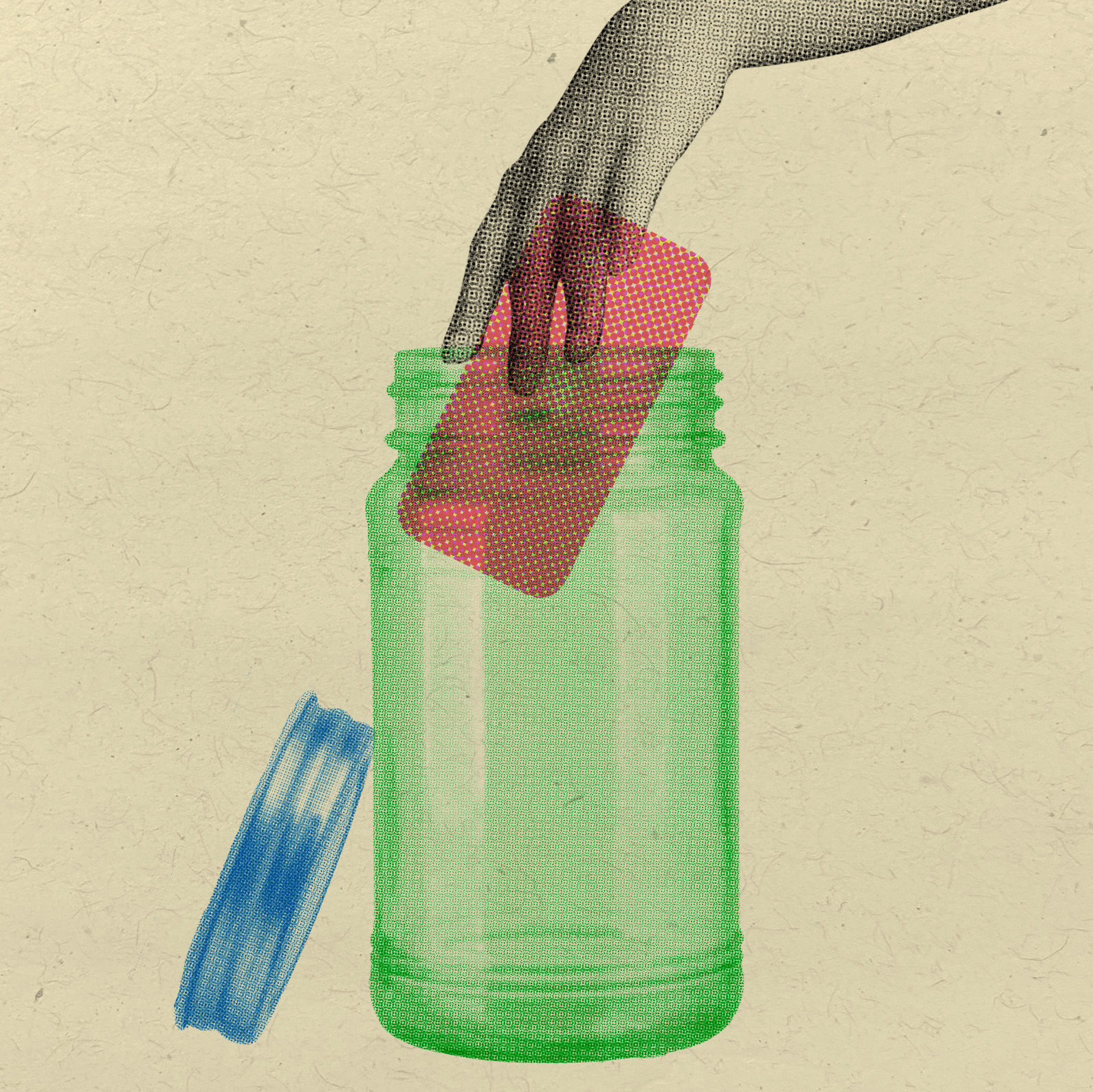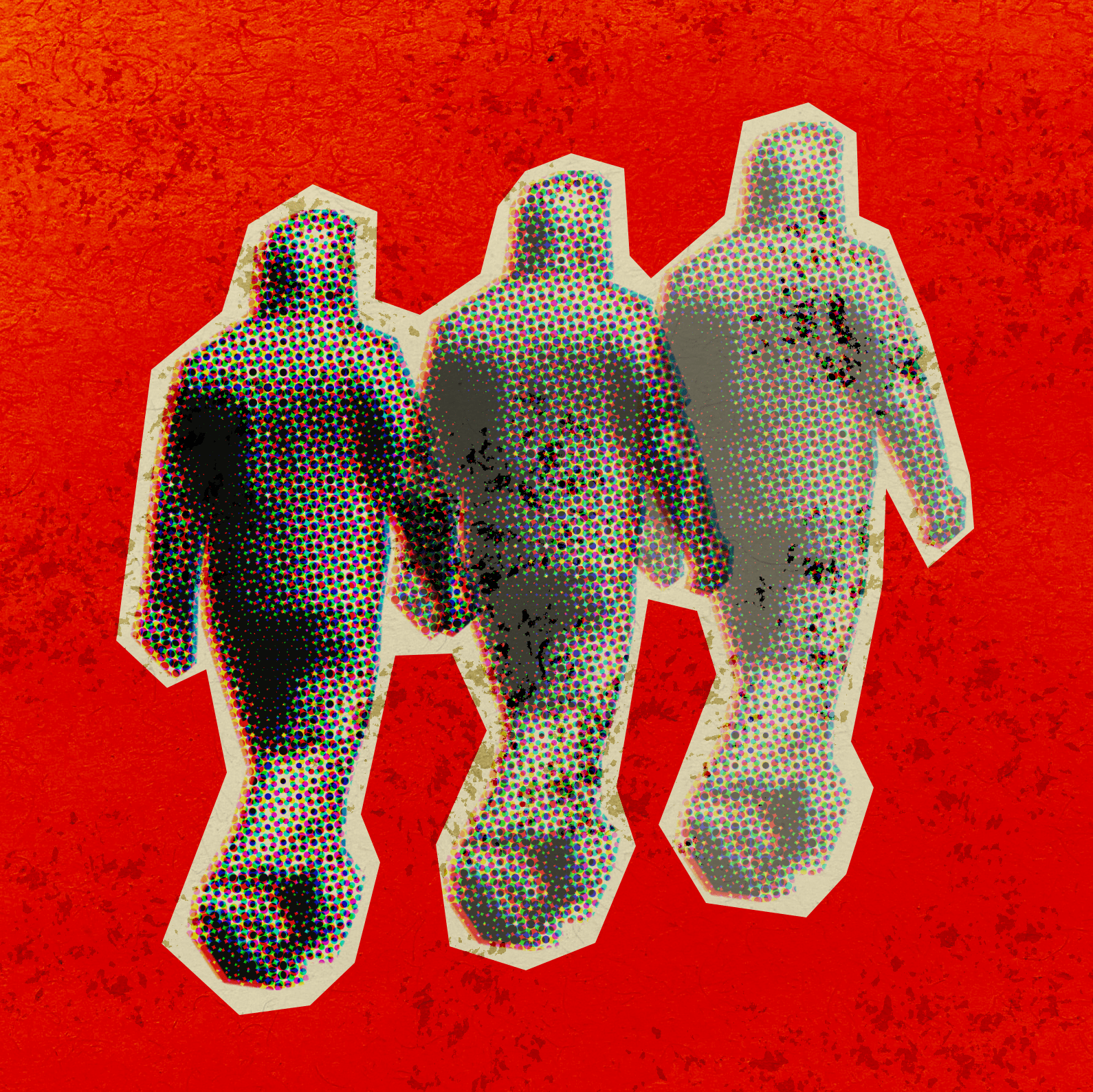Two fundamental concepts have evolved into the digital ecosystem: blockchain technology and the economics of attention. At first glance, they may seem unrelated. Blockchain is the underlying technology for cryptocurrencies and decentralized applications, while attention economics focus on human attention as a scarce and valuable resource. However, upon deeper analysis, we can see how these two fields intertwine with one another, influencing and shaping each other in profound ways. There should be many applications based on blockchain technology in the market today. For example,D.Tube, Theta Network and Civil.
Attention economics
The term Attention Economy was coined by psychologist, economist and Nobel Prize winner Herbert A. Simon. He described it as the "bottleneck of the human mind," limiting our ability to perceive and act in stimulating environments. Attention Economy is a theoretical framework that treats human attention as a finite resource, especially in the current electronic age, where a multitude of media and technology platforms are competing for our attention. Once this attention is secured, it is sold to advertisers for profit. As the artist and cultural critic Richard Serra said in 1973, "Television sends people to advertisers, and it is the consumers who are consumed. You are sent to the advertiser, and the advertiser is the consumer. He consumes you.” 1 Richard Serra, Carlota Fay Schoolman. “Persistence of Vision – Volume 1: Monitoring the Media.” 1973. https://web.archive.org/web/20180816160913/http://www2.nau.edu/~d-ctel/mediaPlayer/artPlayer/courses/ART300/pov1_ch1/transcript.htm This is especially true now of social media platforms, which keep us hooked to our screens by designing addictive, interactive user interfaces while also collecting data about our preferences and selling it to advertisers.
Attention as currency
We all understand that money is needed to purchase food, water, and shelter. Though perhaps less obvious, it turns out attention can also be transformed into tangible substances necessary for survival. Especially where information overload is a genuine concern, attention becomes a valuable currency. We need to remember that "information is not scarce; it is attention that is scarce." 2 BER staff. “Paying Attention: The Attention Economy.” March 22, 2022. https://econreview.berkeley.edu/paying-attention-the-attention-economy/#:~:text=The%20term%20%E2%80%9c Attention%20economy%E2%80%9D%20was,and%20what%20we%20can%20do
Attention, for example, can be compared to patches of forest, which tend to be cut down into trees and sold to other buyers. And as our economy becomes more and more dependent on attention, that currency will move from existing holders to new ones. Looking at the history of "attention economics," there is an obvious pattern: technological advances drive cultural change. 3 Tim Wu. “The Attention Merchants : The Epic Scramble to Get Inside Our Heads. Vol. First edition. New York: Vintage.” 2016. introduction From the "New York Sun" in 1833 to the "Paris poster" in France, adding graphics brings the text to life. There has been a shift from one-dimensional to two-dimensional. The sensory experience has also shifted from one-dimensional to multi-sensory, from the radio to the television set. Now, with the Internet, we are being exploited in a more holistic party. Advances in technology have brought about different media and different industries. But what remains unchanged are the roles. It's always been a three-way street between the media, public and the advertisers. Different industries play the same roles, doing the same things in different forms.
For example, the newspaper era was dominated by advertisers. While advertisers almost entirely fed the newspaper industry, the media became increasingly important in the age of television and the Internet. The introduction of companies such as Google and Facebook, which have virtually monopolized the attention market and pushed content of interest to users through intelligent algorithms, has created a new equilibrium. Users went from being passive earners of all information to being interested in their own content, but this did not change the user's status, still being exploited. What's more, technological developments over the past few decades have enslaved us to various media and devices. The Internet has exposed most of us to passive, non-consensual exposure to the commerce of attention anywhere, anytime. When you click on a web page, all of your actions are recorded without reservation and then, through algorithms, passively received information, and we are left to make choices among the passively ingested information. It's hard to know "who you really are." You wonder if your choices are your own. So sometimes "techniques developed to enhance attentional control sometimes backfire." 4 Willoughby B Britton. Can mindfulness be too much of a good thing? The value of a middle way. Study: Excessive Mindfulness May Backfire.March 1, 2021.https://www.wellable.co/blog/study-excessive-mindfulness-may-backfire/ Also, attention affects our consciousness and reshapes our lives.
The issue of data security comes into play here. In the traditional attention economy model, platforms own and control users' data. As a result, users can only be passive, but blockchain technology has the potential to change all that.
Blockchain
Blockchain is a decentralized, distributed system defined as a shared, immutable ledger used to facilitate the recording of transactions and the tracking of assets across a business network. It uses cryptographic keys, encryption and consensus mechanisms to record and update data and transactions.
Below is a case study exploring different implementations of blockchain technology to disrupt the internet’s business model reliance on the Attention Economy
Brave
Brave is a free, open source web browser developed by Brave Software, Inc. and is based on the Chromium web platform like Google, Firefox and others. Its main feature is its focus on privacy, as it automatically blocks online advertisements and website trackers in its default settings.
BAT
BAT is an ethereum blockchain-based digital advertising token that allows users to earn BAT tokens by browsing ad-supported websites for watching ads. They can then choose to donate these tokens to their favorite websites and content creators, or convert them to cash.
Brave reward system constitutes a new advertising ecosystem composed of creators, users, and advertisers
Brave Rewards allows users to earn rewards just for browsing. By earning BAT tokens, users can keep the tokens or donate/bounty them to their favorite websites and content creators. Moreover, users can transfer their BAT to a crypto wallet and convert it to real money or use it to buy more ads on the platform. Brave automatically distributes the earnings based on users' time on the site. Moreover, based on blockchain technology, browsing history remains private, so users are not identified. 5 Julia Borgini."Brave browser review [2023]: Why I switched, " February 2, 2023 https://zapier.com/blog/brave-browser-review/
User Experience
Privacy Protection and Speed: With a focus on privacy protection, Brave Browser reduces the number of trackers that track your web activity. It is faster than other browsers and offers customizable privacy controls.
Ad and Tracker Blocking: Brave blocks ads and other online trackers by default, which not only protects privacy but also speeds up the browsing experience by reducing site loading time. And it is the first web browser with a built-in cryptocurrency wallet.
User Growth Brave Browser's monthly active users increased from approximately 29 million in 2021 to over 63 million in 2023, with 23.9 million daily active users. This shows the strong growth and potential of Brave Browser and its ecosystem. 6 Transparency data feeds. October,2023 https://brave.com/transparency/
Impact
New models like Brave represent a significant shift away from the traditional advertising model, balancing user privacy with the need to monetize websites and content creators. Moreover, in the future era of virtual reality, everyone can have their own virtual identity and image. They can feel the excitement and attention that traditional celebrities can feel, that feeling of being watched all the time, because there will be no more platforms to limit them, and they can resell their attention freely and creatively. Meanwhile, this system naturally incentivizes the creation of quality content. Users want more attention and tokens; they will have to generate more engaging and valuable content. Since such a system does not require a mediator, creators get more revenue, users' privacy is more protected, and the user experience is enhanced. Such a virtuous ecological cycle would be a breakthrough for the current economic chain.
Future Concern/Thoughts
There's always going to be concerns with new technology. Users, businesses, and media platforms are constantly playing a game. All the technology is positive at the beginning. Bitcoin, for example, was initially promoted as virtually free, but later transaction costs increased significantly and processing speeds were limited. 7 Nolan Bauerle. “What Are Blockchain’s Issues and Limitations?.” Nov 22,2022 https://www.coindesk.com/learn/what-are-blockchains-issues-and-limitations/ The drive for profit will always gradually swallow this kind of public good. So, can a new platform like Brave change all that? Brave Browser in particular had caused controversy when it added a whitelisting of certain third-party domains in an update, including Facebook URLs used to track users, which contradicted its image as a security- and privacy-conscious browser. 8 Ziyahan Albeniz. “Brave Browser Sacrifices Security.” Feb 21,2019 https://www.invicti.com/blog/web-security/brave-browser-sacrifices-security/#:~:text=Brave%20is%20a%20browser%20that,Brave%20could%20learn%20 from%20Firefox
Additionally, an important aspect of the brave platform is the blocking of advertisements, which users can subjectively choose and be rewarded for. However, for example, in the era of television, the invention of the "remote control" brought some hope in the passive acceptance of countless advertisements because the user can have the right to choose to watch or not to watch; you can keep switching programs to cater to their preferences, but all this does not change the position of the user. Although it stimulates the creation of advertising content and competition in the market, the user is still exploited. That is why I am worried that blockchain technology will now become another "remote control." Users can indeed choose to accept ads or not. But will it be a different business model, even though it may have struck a better balance than before?
Besides, as part of cryptocurrency, the future of this model will largely depend on the currency's value, and there will only be enough interest to attract more people to join. So there is still some risk for this.
Conclusion
Monetizing the attention economy for users through blockchain technology presents a promising opportunity for cooperation, but it remains to be seen whether it solves the fundamental problem of users retaining the right to their data and the right to privacy. I would like to leave you with the following question: "But on the way to heaven, if there is no ubiquitous media, what should people pay attention to? What should people do with their lives?” 9 Tim Wu. “The Attention Merchants : The Epic Scramble to Get Inside Our Heads. Vol. First edition. New York: Vintage. 2016. Chapter 12. pp 154




